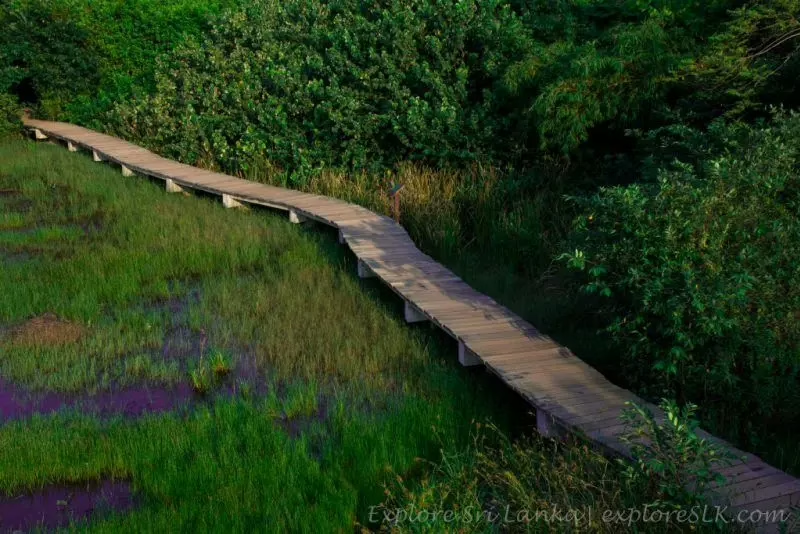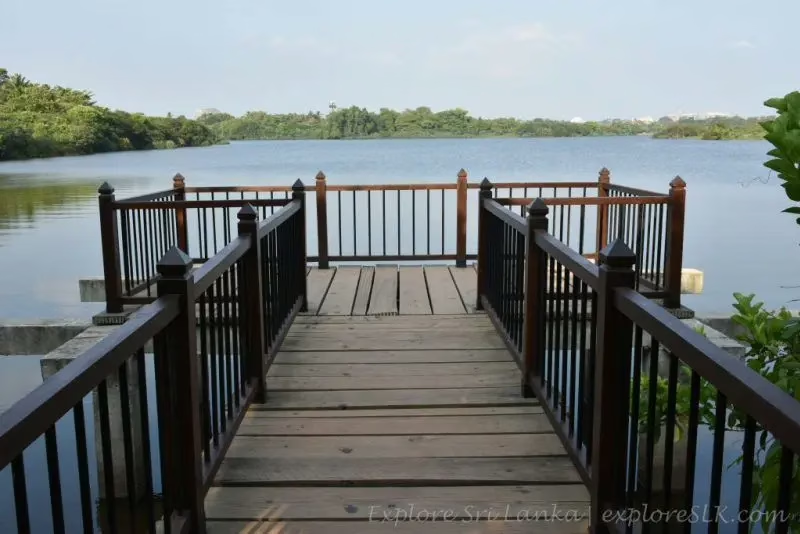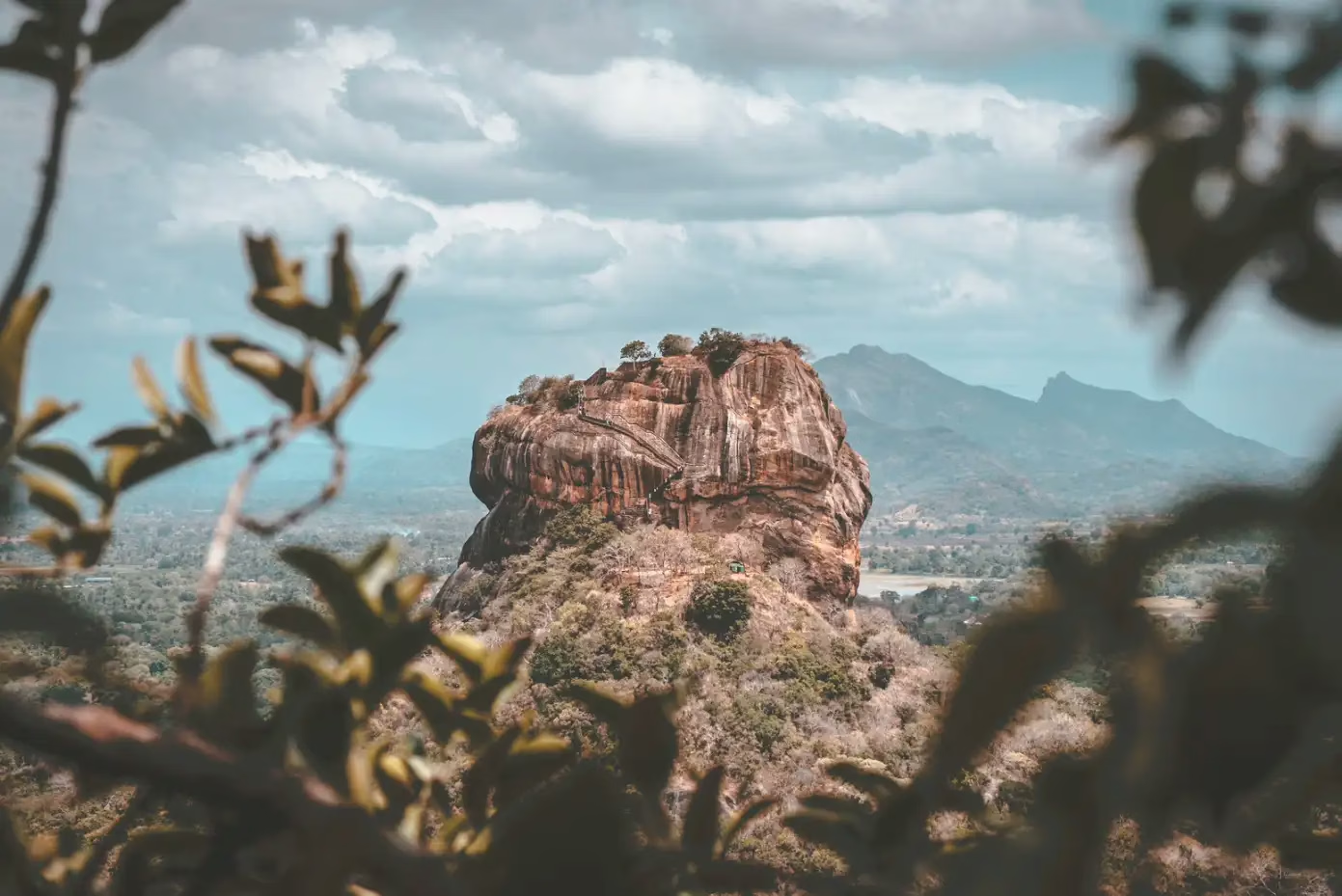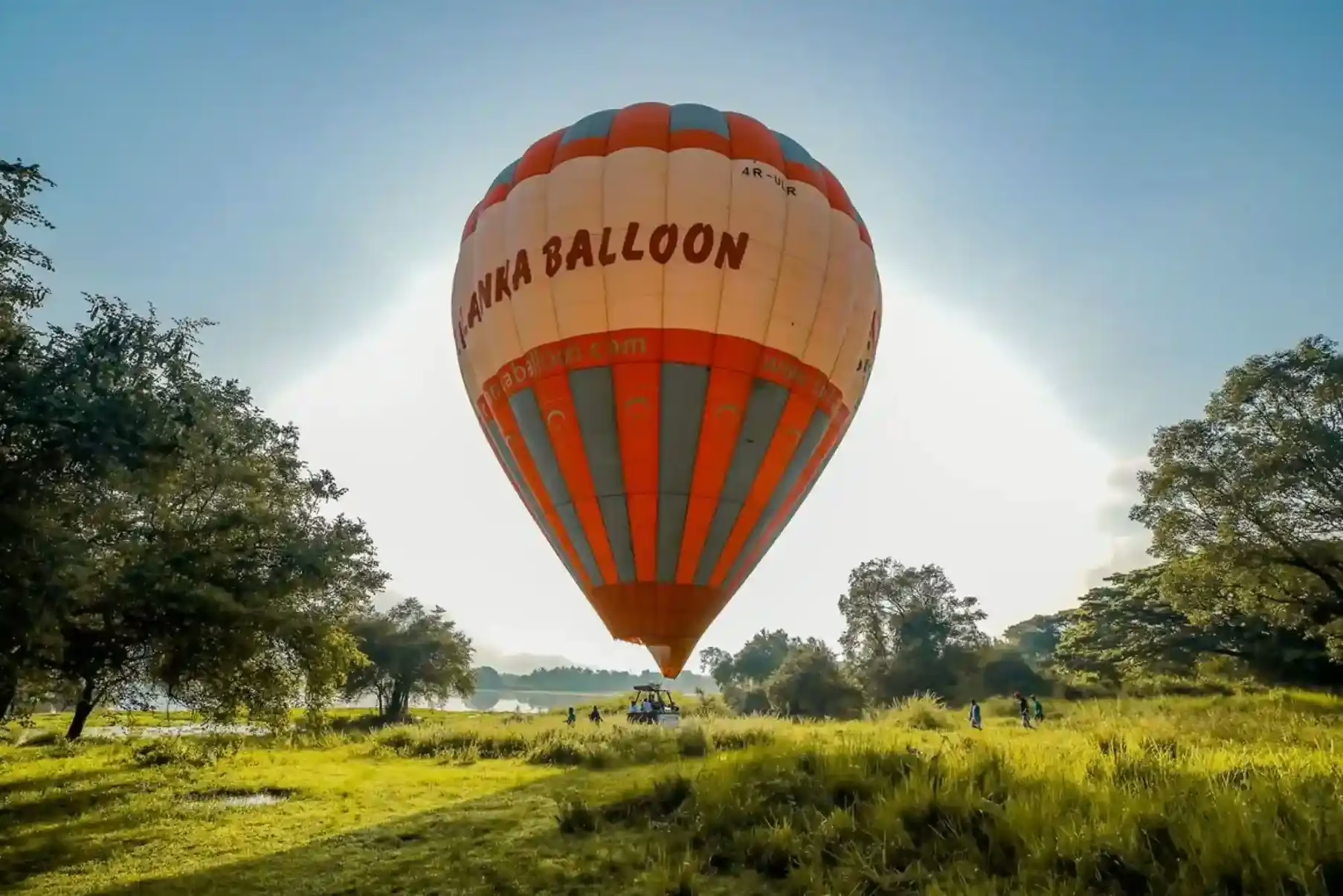TL;DR
Beddagana Wetland Park is an 18-hectare urban nature sanctuary in Sri Jayawardenepura Kotte, Sri Lanka. Originally designated as a wildlife sanctuary in 1985 and converted to a public wetland park on June 15, 2016, it serves as a crucial flood control system and biodiversity hotspot. Home to over 50 bird species and 119 butterfly species, the park offers two main trails, birdwatching opportunities, and serves as an educational hub. Best visited during early morning or late afternoon, especially November-February for migratory birds. Entry fees vary for locals and foreigners, with parking and facilities available.
What is Beddagana Wetland Park?
Right in the middle of Sri Lanka’s administrative capital, Beddagana Wetland Park is a shining example of how urban conservation can actually work. This 18-hectare sanctuary offers visitors a unique opportunity to experience pristine wetland ecosystems just minutes away from the bustling city center of Sri Jayawardenepura Kotte. More than just a recreational space, this urban-natural oasis serves as a critical component of the region’s flood management system while providing sanctuary to diverse wildlife species. The park represents a perfect harmony between environmental conservation and urban development, making it an essential destination for nature enthusiasts, birdwatchers, and anyone seeking respite from city life.
Historical & Environmental Context
The story of Beddagana Wetland Park begins in 1985 when the area was first designated as a wildlife sanctuary. This initial protection status recognized the ecological importance of the wetland system and its role in supporting local biodiversity. However, it wasn’t until June 15, 2016 that the sanctuary was transformed into a public wetland park, opening its doors to visitors while maintaining its conservation objectives.
This transformation was made possible through the Megapolis and Western Development Project (MCUDP), which received funding from the World Bank. The project recognized the dual importance of the wetland system – not only as a biodiversity hotspot but also as a crucial component of the region’s flood control infrastructure. The park’s strategic location within the Diyawanna floodplain system makes it an integral part of Colombo’s urban resilience strategy.
As part of the broader Ramsar network, the wetland contributes to Sri Lanka’s commitment to international wetland conservation. The Diyawanna floodplain system, which includes Beddagana, serves as a natural buffer against flooding while providing essential ecosystem services to the surrounding urban area.

Beddagana Wetland Park Location
Located in Sri Jayawardenepura Kotte, Beddagana Wetland Park enjoys a prime position near Parliament Lake, making it easily accessible from various parts of Colombo. The park’s strategic location allows visitors to combine their wetland experience with visits to other nearby attractions.
How to Reach the Park
By Car or Taxi: The most convenient way to reach the park is by private vehicle. From Colombo, take the Parliament Road (A4) towards Kotte. The park is clearly signposted and offers designated parking areas for visitors.
How to Go Beddagana Wetland Park by Bus: Public transportation users can take buses heading to Kotte from various parts of Colombo. The most convenient routes include buses numbered 138, 176, and 177, which stop near the park entrance. From the Kotte bus station, the park is a short walk away.
Visitor Information
Opening Hours: The park is open daily from 6:00 AM to 6:00 PM, with last entry at 5:30 PM.
Beddagana Wetland Park Ticket Price: Entry fees are structured differently for locals and foreign visitors. Sri Lankan citizens can enter for a nominal fee of LKR 100 for adults and LKR 50 for children. Foreign visitors pay LKR 500 for adults and LKR 250 for children.
Essential Rules: Visitors must adhere to strict environmental guidelines, including a complete ban on plastic items, no littering policy, and maintaining silence on trails. It’s recommended to bring water, mosquito repellent, and snacks, as facilities within the park are limited.
Park Layout & Trail Guide
Beddagana Wetland Park features two distinct trails, each offering unique perspectives on the wetland ecosystem and wildlife viewing opportunities.
Trail 1: Lakeside Forest Trail
The Lakeside Forest Trail provides an immersive experience through the park’s diverse habitats. This trail features a well-maintained boardwalk that allows visitors to explore the wetland without disturbing the sensitive ecosystem. Highlights include:
- Butterfly Walk: A dedicated section where visitors can observe numerous butterfly species in their natural habitat
- Duck Pond: A tranquil area perfect for observing various waterfowl species
- Floating Deck: An elevated platform offering panoramic views of the wetland and ideal for photography
Trail 2: Migratory Birds Trail
The Migratory Birds Trail focuses on providing optimal birdwatching opportunities, particularly for observing seasonal migrants. Key features include:
- Entrance Area: Information boards and initial wildlife viewing opportunities
- Scrubland Section: Diverse habitat supporting various bird species
- Bird Hides: Strategically placed observation points for unobtrusive wildlife viewing
- Artificial Nests: Conservation features that support breeding bird populations
Facilities
The park’s Orientation Centre serves as the starting point for all visits, providing maps, educational materials, and basic facilities. The impressive Bird-watching Tower offers elevated views across the entire wetland system and serves as an excellent vantage point for photography and wildlife observation.
Wildlife & Biodiversity Highlights
The biodiversity of Beddagana Wetland Park is truly remarkable for an urban location. The park supports an impressive array of wildlife, making it a crucial refuge for both resident and migratory species.
Avian Diversity
The park is home to approximately 50 bird species, including 18 migratory species that visit during the cooler months. Notable species include:
- Waders: Various species of herons, egrets, and ibises
- Waterfowl: Ducks, coots, and moorhens
- Kingfishers: Multiple species including the Common Kingfisher and White-throated Kingfisher
- Raptors: Occasional sightings of eagles and hawks
Other Wildlife
Beyond birds, the park supports:
- Butterflies: An astounding 119 species have been recorded, making it one of the richest butterfly habitats in the region
- Dragonflies: Numerous species add color and movement to the wetland environment
- Fish: Various freshwater species support the food chain
- Mammals: Occasional sightings of fishing cats and other small mammals
The period from November to February represents the peak season for wildlife viewing, particularly for migratory birds seeking refuge from northern winters.

Visitor Experience & Activities
Optimal Visit Times
Early morning (6:00–10:00 AM) and late afternoon (3:00–6:00 PM) provide the best wildlife viewing opportunities. During these times, birds are most active, and the lighting conditions are ideal for photography.
Recommended Activities
- Birdwatching: The park’s primary attraction, enhanced by the availability of bird hides and elevated viewing platforms.
- Photography: The diverse landscapes and abundant wildlife provide excellent opportunities for nature photography.
- Peaceful Walks: The well-maintained trails offer a serene environment for contemplation and stress relief.
Visitor Tips
- Bring binoculars for enhanced wildlife viewing
- Carry a camera with telephoto capabilities
- Maintain the no-flash policy to avoid disturbing wildlife
- Remain quiet on trails to maximize wildlife encounters
- Pack snacks and water, as on-site facilities are limited
- Follow the leave-no-trace principle
Urban Sustainability & Conservation Impact
Beddagana Wetland Park plays a multifaceted role in urban sustainability. As part of the Diyawanna floodplain system, it provides crucial flood mitigation services, reducing the risk of urban flooding during heavy rainfall periods. The wetland also contributes to urban cooling, helping to moderate the local microclimate.
The park serves as an important educational hub, hosting school visits and community programs that raise awareness about wetland conservation. Through partnerships with local universities and research institutions, the park contributes to ongoing biodiversity monitoring and management efforts.
Comparisons & Regional Context
While nearby Diyatha Uyana offers a more developed, landscaped environment, Beddagana Wetland Park provides a genuine wetland experience with minimal human intervention. This authentic natural setting makes it particularly valuable for serious birdwatchers and nature enthusiasts.
The park forms part of Colombo’s broader network of protected areas, which includes the renowned Bellanwila-Aththidiya Sanctuary. Together, these protected areas create a connected system of wildlife corridors that support regional biodiversity conservation.
Planning Your Visit
Logistics
- Getting There: Multiple transportation options are available, from private vehicles to public buses. The park’s location near Parliament Lake makes it easily accessible from central Colombo.
- Duration: A typical visit lasts 2-3 hours, allowing time to explore both trails and utilize the bird-watching facilities.
- Best Time of Year: While the park is open year-round, the period from November to February offers the richest wildlife viewing opportunities due to the presence of migratory species.
- Family-Friendly Features: The park is suitable for families with children, though younger visitors should be supervised on the boardwalks and trails.
Conclusion: Beddagana Wetland Park
Beddagana Wetland Park represents a remarkable success story in urban conservation, demonstrating how natural ecosystems can be preserved and celebrated within metropolitan environments. This 18-hectare sanctuary offers visitors an authentic wetland experience while serving crucial ecological functions including flood control and biodiversity conservation. Whether you’re a dedicated birdwatcher, nature photographer, or simply seeking a peaceful retreat from urban life, the park provides an accessible and rewarding experience. By visiting with respect for the environment and wildlife, each visitor becomes part of the conservation story that ensures Beddagana Wetland Park continues to thrive as one of Sri Lanka’s premier urban nature destinations. The park stands as a testament to the possibility of harmonious coexistence between human development and natural preservation, offering hope and inspiration for sustainable urban planning initiatives worldwide.




